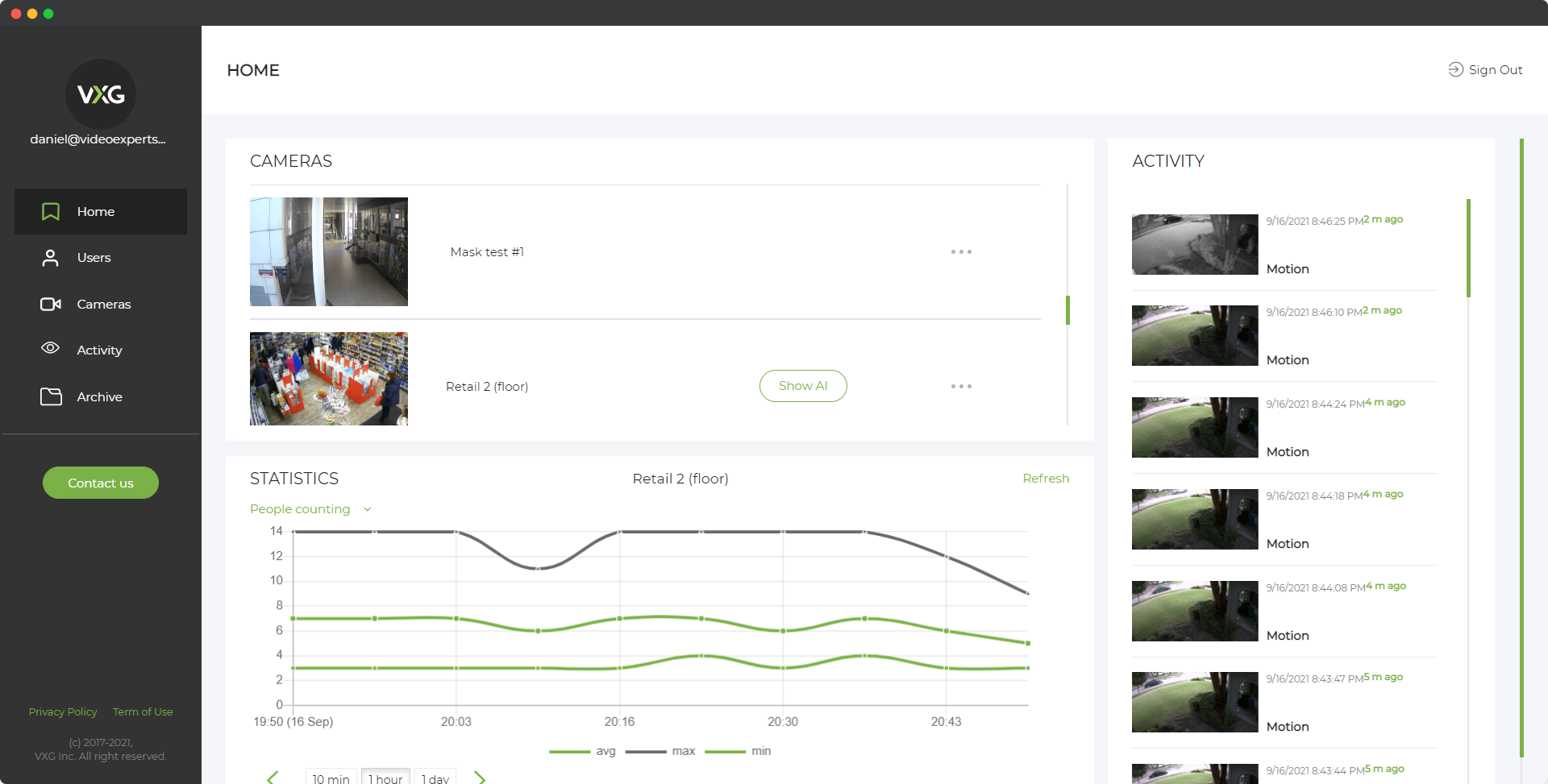In the realm of digital imaging and surveillance technology, resolution plays a crucial role in determining image quality. Resolution is often measured in megapixels (MP), a unit that signifies the total number of pixels in an image. This article provides an in-depth exploration of 3MP resolution, covering its definition, pixel count, typical dimensions, and its effectiveness in CCTV applications.
Meaning
3MP, or 3 Megapixels, refers to an image resolution consisting of three million pixels. Pixels are the smallest units that compose a digital image, and collectively they determine the image's clarity and detail. Higher megapixel counts typically indicate better image quality, as more pixels provide greater detail.
How Many Pixels is 3MP?
A 3MP image contains exactly 3,000,000 pixels. These pixels can be arranged in various configurations, but the total count remains three million. For example, a common configuration for a 3MP image is 2048 pixels in width and 1536 pixels in height.
What is the Resolution in 3MP?
The resolution of a 3MP image can vary, but a typical resolution is 2048 x 1536 pixels. This configuration means the image is 2048 pixels wide and 1536 pixels high. Other combinations that total 3,000,000 pixels are also possible, such as 2304 x 1296 pixels. The choice of resolution depends on the aspect ratio and the specific requirements of the imaging system.
CCTV Camera Resolution Chart
Below is a chart showing different CCTV camera resolutions, their corresponding megapixels, and the pixel dimensions (width x height):
| Megapixels | Resolution | Pixels Dimensions (width x height) |
| 0.3MP | 240p | 640 x 480 |
| 0.5MP | 360p | 640 x 360 |
| 0.9MP | 480p | 858 x 480 |
| 1MP | 720p | 1280 x 720 |
| 2MP | 1080p | 1920 x 1080 |
| 3MP | 1536p | 2048 x 1536 |
| 4MP | 1440p | 2560 x 1440 |
| 5MP | 1944p | 2592 x 1944 |
| 8MP | 2160p (4K UHD) | 3840 x 2160 |
| 12MP | 4000p | 4000 x 3000 |
| 24MP | 6000p | 6000 x 4000 |
This chart helps illustrate how different resolutions and megapixel counts relate to each other, showing the increasing detail captured by higher megapixel cameras.
Is 3MP CCTV Camera Good?
The effectiveness of a 3MP CCTV camera depends on the specific surveillance needs and the environment in which it is used.
Advantages:
- High-Quality Images: A 3MP camera provides a significant improvement in image quality compared to lower resolutions like 1MP or 2MP. This higher resolution allows for better detail, making it suitable for tasks requiring clear identification of faces, license plates, and other small details.
- Versatility: 3MP cameras strike a good balance between resolution and cost, making them versatile for various applications. They can be used in residential settings, commercial spaces, and larger areas like parking lots and public spaces.
- Moderate Bandwidth and Storage Requirements: While a 3MP resolution generates more data than lower resolutions, modern compression techniques help manage bandwidth and storage needs effectively.
- Enhanced Coverage: A 3MP camera can cover larger areas with sufficient detail, reducing the need for multiple cameras in some scenarios.
Disadvantages:
- Increased Data Usage: Compared to lower-resolution cameras, 3MP cameras require more bandwidth and storage, which might be a concern in environments with limited resources or for users looking to minimize data consumption.
- Cost: While still cost-effective, 3MP cameras are generally more expensive than lower-resolution options. The initial investment and potential additional costs for storage and bandwidth should be considered.
A 3MP CCTV camera offers a compelling blend of high image quality and moderate data requirements, making it suitable for a wide range of surveillance applications. It is particularly effective in scenarios where detailed image quality is necessary, such as monitoring entrances, public spaces, or areas requiring precise identification. When selecting a CCTV camera, it's essential to consider the specific needs of the surveillance task, balancing factors such as image quality, cost, and data management requirements.
















